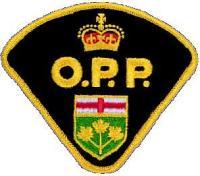News that the Ontario Provincial Police (OPP) intend to expand their Licence Plate Recognition Program (ALPR) from 4 to 27 vehicles is more than troubling. Interestingly, they say:
“Ontario motorists expect to be protected from unsafe drivers, but also not to be tracked as they go about their daily lives….when a scanned license plate does not match the list of unsafe drivers, it will be deleted from the system within minutes.”
Split hairs if you want, but identifying a license plate and checking it against a database is tracking. Delete that in five seconds or a loose definition of “minutes” if you want, but none of this should be acceptable to Canadians. We’re one step closer to automatic speeding tickets (by average speed per trip) on the 407 or tracking movements. One such program is failing miserably in Boston.
Update, October 2014: News from Toronto Sun has OPP positively glowing about the utility of license plate scanners. They interview OPP Sgt. Peter Leon, and has this to say about the scanners:
“When you’re able to check licence plates for suspended drivers and do what they’re able to do in a very short period of time — which, in the old days, would’ve virtually meant stopping every vehicle and doing it — it’s a very efficient tool, most definitely.”
Given that most cop cars have computers that are connected to a central source, checking a plate has for some time just been a matter of typing in a plate number. I think Mr Leon might be talking about some very distant “old days” for effect.
Troubling news for most, since technology like this, can only expand to other types of automated tracking behaviour.
